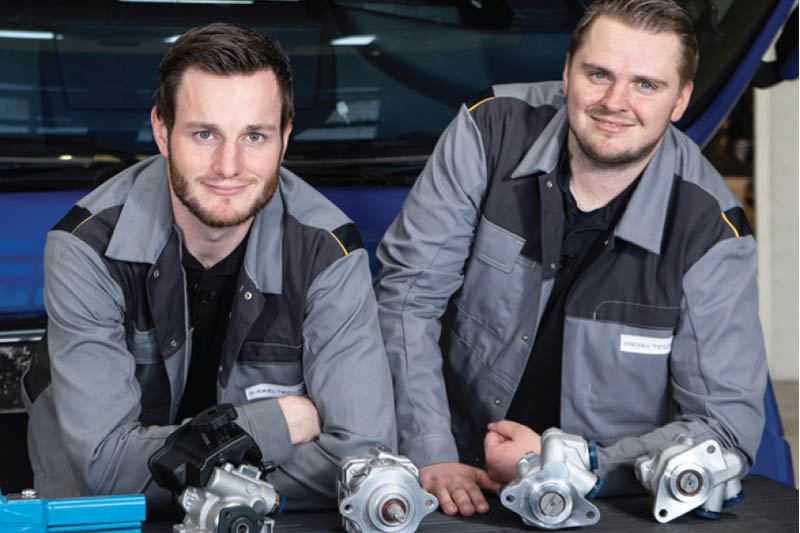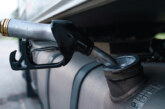
Diesel Technic’s Parts Specialists team talks to CVW about what to keep in mind during routine maintenance, whilst offering some helpful hints and tips on steering components.
Steering and suspension are safety-critical systems for commercial vehicles, not only supporting heavy loads, but also helping to maintain stability and control when accelerating and braking.
Together they keep tyres in alignment, reducing uneven wear and potential tyre failure, and they maximise the contact between the tyre and the road to provide steering stability and good handling.
Although steering systems are generally reliable, problems can start to creep in as the vehicle ages. They give driver directional control over the vehicle, so identifying issues early is essential. Following a regular preventative maintenance schedule is the best way for operators to maximise vehicle uptime, avoid costly repairs, and safeguard other road users.
Andy Beaumont, who heads up quality control and customer service at Diesel Technic UK & Ireland, comments: “When it comes to routine service and maintenance, it’s important to look at everything systematically, which is why our Parts Specialists team recommends working with a checklist to ensure nothing is left out.”
The company’s international Parts Specialists team is dedicated to supporting workshops and fleets with practical help and advice, offering videos, assembly instructions, and product training across the DT Spare Parts and Siegel Automotive parts and accessories brands.
Parts Specialist Lars Mesloh recommends starting your routine maintenance inspection by checking the axle geometry of the front and rear axle. He explains: “Begin with the front stabiliser bushes, pressing a tyre iron against the sway bar, and check whether the bearings have been dislodged.”

Moving on to the steering column, he checks the ball joints, taking particular care that the sleeves are not torn, which can allow water to access and dissolve the material inside causing it to become brittle and the joint dislodged.
“Using a pair of pliers, compress the tie rod and thrust rod ends down to ensure that there is no ‘play’ in the spring,” he adds. Here, you need to know what type you’re dealing with on the vehicle, warns Lars, as new generation ball heads are pre-sprung – there’s a spring behind the ball that pushes it up.
So, if you compress the spring just a little, many people then think that rod is defective and remove it. He continues: “However, that is not the case – you have to go beyond this spring point. As the spring is slightly preloaded, you need to observe the tolerances of the manufacturer’s specifications in terms of how much play is allowed and then proceed accordingly.”
Working systematically around the vehicle, Lars checks the tightness of the spring clamps and the shock absorbers, as well as the tyres, brake pads, rear stabiliser bushings, air bags on the rear axle, the spring brake actuator, and brake pads. “Once the axle geometry has had a thorough check-up, it’s time to change the oil and the fuel filter, and complete the rest of the maintenance routine,” concludes Lars.








